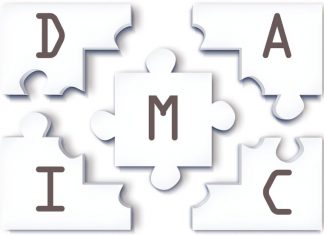Understanding the History of Six Sigma Methodology
“Six Sigma” is more than just a term related to statistics. It is now the latest buzzword among businesses worldwide as an efficient quality management tool. The technique underscores the importance of customer satisfaction...
How to Use the Fishbone Diagram for Root Cause Analysis
In the 1960s Kaoru Ishikawa discovered the fishbone diagram. He was a Japanese teacher and a quality management lecturer of his generation. He practiced this tool for the first season when he served with...
Six Sigma in Construction: Enhancing KPIs and Process Performance
The construction industry is known for its complex processes and high level of variability, which can lead to inefficiencies and errors. Using the Six Sigma methodology, we can identify and eliminate these issues to...
What is Minitab? Understanding Its Advantages and Uses
Nowadays, data can be seen everywhere; but the question is, are you really taking advantage of it? In this relate, Minitab statistical software helps you look at the previous and current data trends to...
Effective Lean Six Sigma Waste Elimination Techniques
“Quality” is not just limited to some standardized values. It represents the extent to which a product or service matches the customer's requirements. Six Sigma’s deviations use a bell curve, which encourages the organization to...
What is Root Cause Analysis: A Comprehensive Guide
In today’s competitive business environment, it is imperative that enterprises ensure their products/services are of the highest quality. Also, customer satisfaction is a critical metric to retain and grow customer relationships. In this article, we will...
Understanding the Primary Goal of Six Sigma Implementation
Six Sigma is a concept you've undoubtedly learned of regarding highly organized and profitable firms, but it might not be something you can readily identify. Six Sigma is certainly something you can hear about...
Quality Assurance Manager Key Roles and Responsibilities
The quality of a product is often the difference between a trusted brand and a forgettable one, and at the center of that difference is the Quality Assurance (QA) Manager. Far from a back-office...
7 Basic Quality Management Tools You Should Know
Quality management emerged as an area of expertise when organizations understood the importance of delivering products and services at optimal levels. A lot of organizations started using a different variety of quality management tools....
DMAIC Process in Six Sigma: Steps, Tools, and Real Examples
Every organization has moments when performance slips, defects rise, or processes take longer than they should. The question is, how do you fix what’s broken without disrupting everything that works?
That’s where the DMAIC methodology...


























